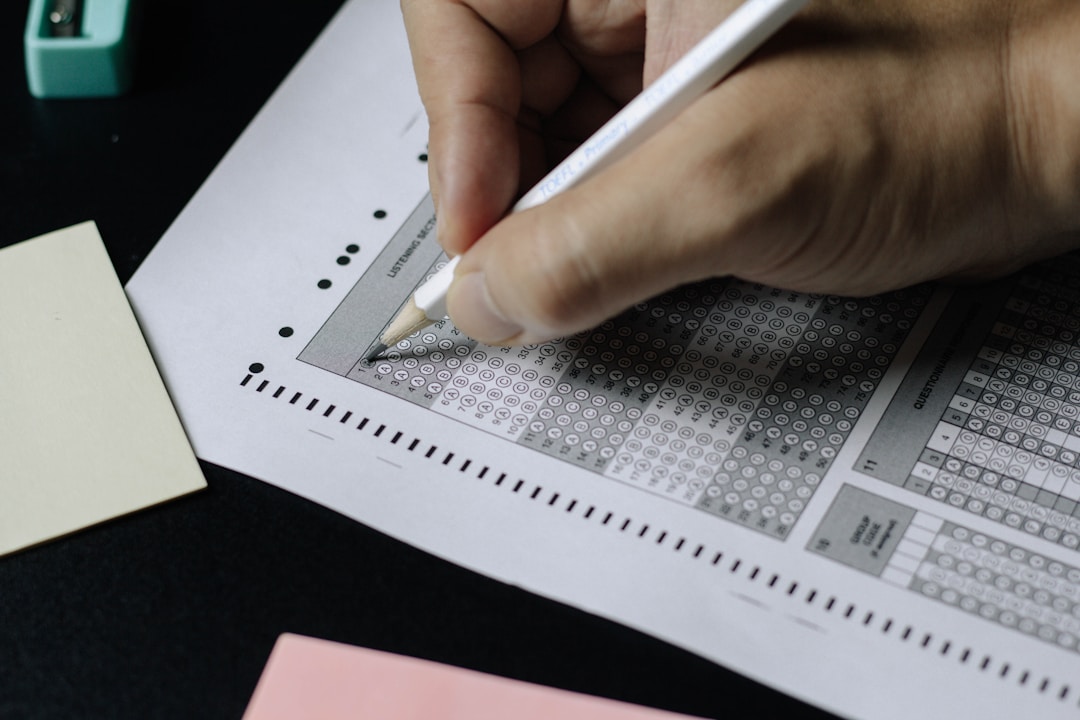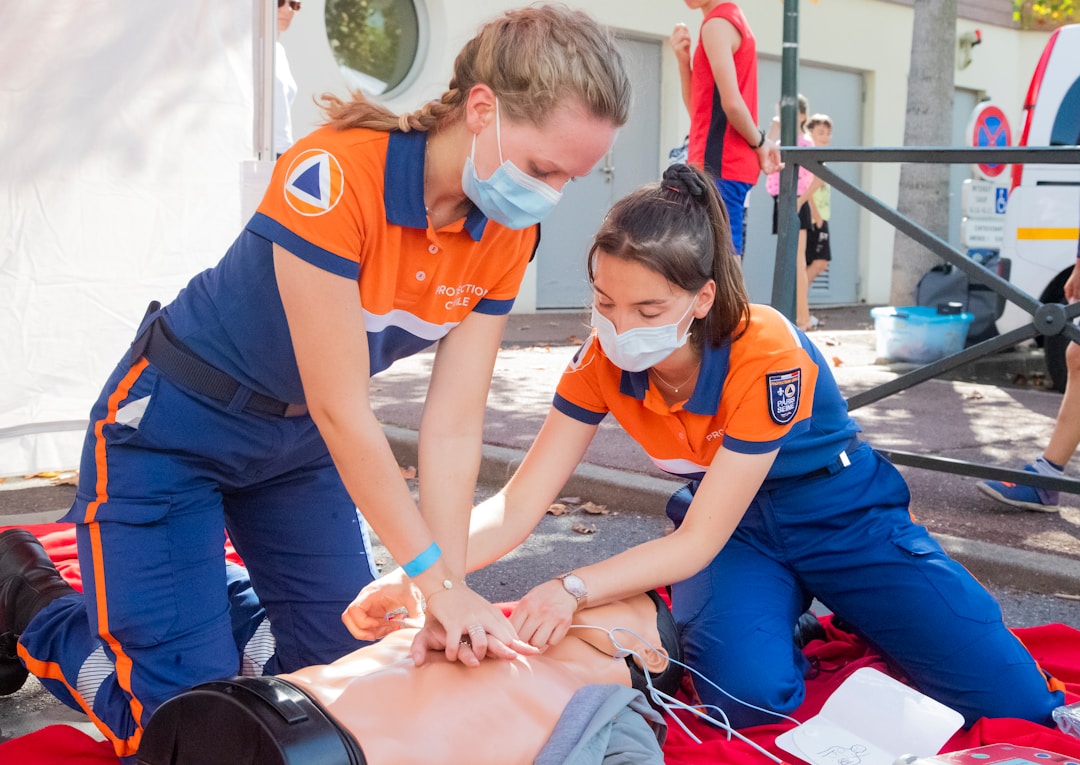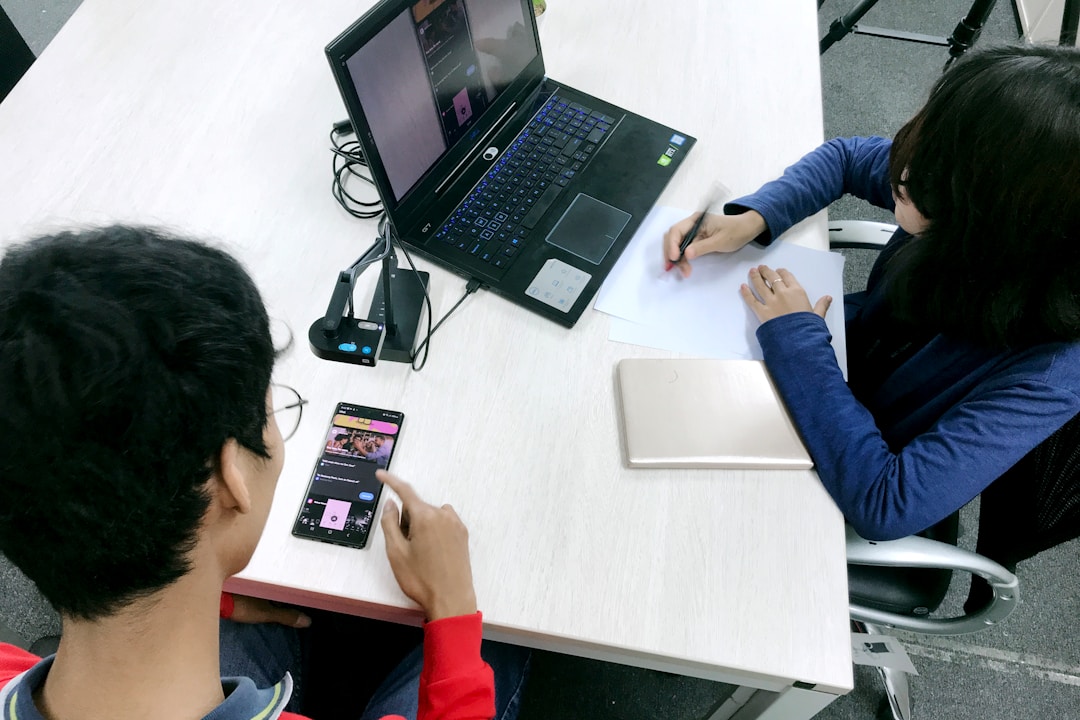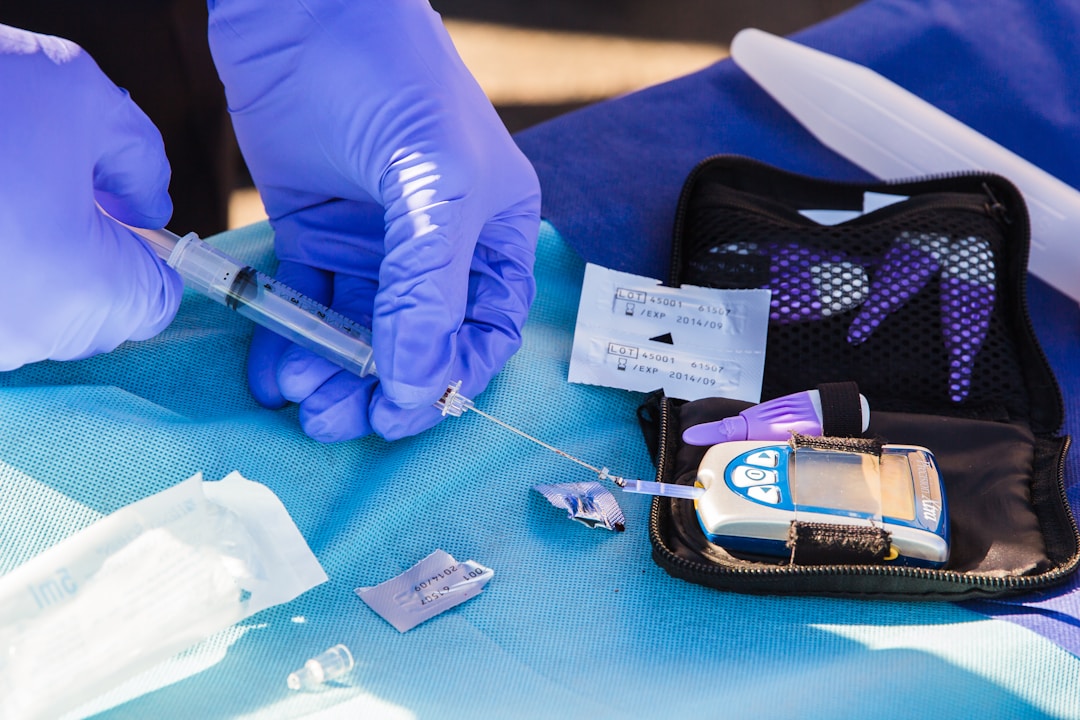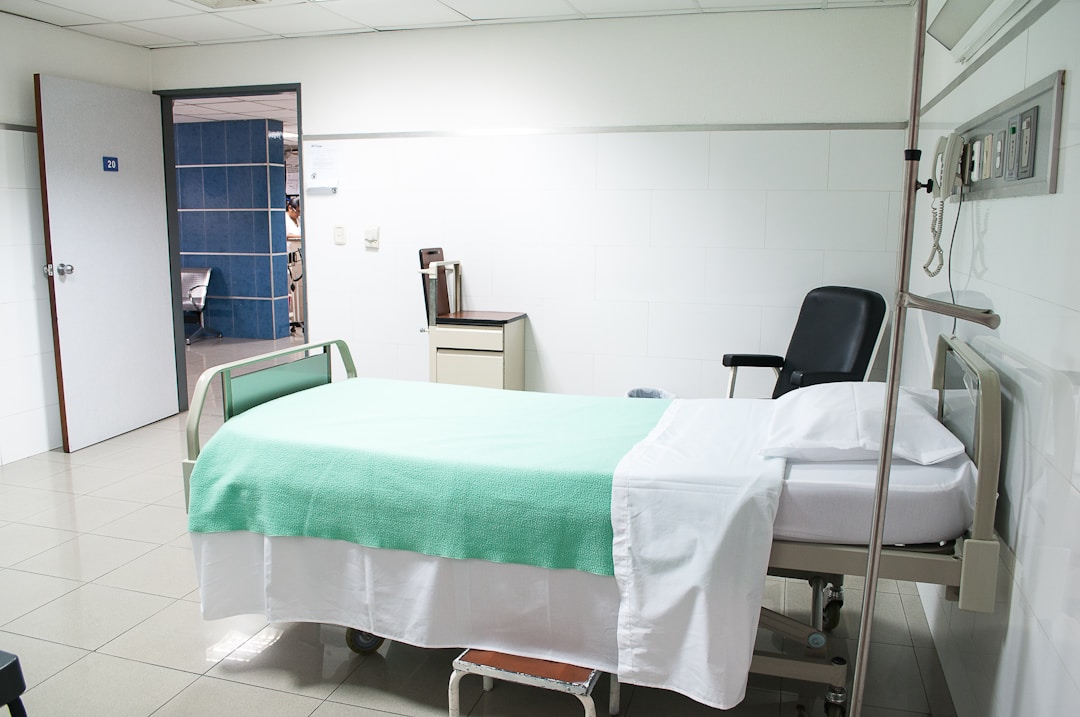ChartFlow Team
Knowing what you should do and being prepared to do it are two entirely different things. We find that students at the Basic Life Support level often need additional practice to really build their confidence up. If you’re doing search and rescue and stumble upon someone who is clearly hypoglycemic (sweating, confused, known diabetic, didn’t eat enough or exercised too heavily), what do you reach for in your rescue bag? Glucose! (or a candy, banana, juice, etc.) Practice makes perfect, so we’ve come up with patient scenarios that are completely free for students at the BLS level including EMTs and first responders.
Scenario 3

Scene:
You arrive onsite to a seafood restaurant where the hostess takes you back to the kitchen. There’s a 55 year old Puerto Rican man sitting on a stool next to the restaurant manager. At first glance, he is wheezing audibly, has a concerned look on his face, and has unbuttoned his collared shirt so his chest is exposed. You can see his chest rising and falling as he struggles to breathe. The manager immediately starts telling you, “He was here with a bunch of friends for our shellfish night. After my server delivered a platter of mussels and clams, she noticed that he seemed to look like he was getting sick or something. Once he started wheezing, we brought him back here and called you guys.”
When you ask the man what happened, he replies between labored breaths, “I wanted to try clams after my friend told me how good they are. I was eating. Then I started getting itchy about 45 minutes ago so I unbuttoned my collar. But it got worse. Then I started to have a hard time breathing. I thought maybe I was just imagining it until the waitress said something. Nothing like this has ever happened to me. My lips feel kind of puffy and I’m really freaked out right now. I feel like I might pass out.” As he talks, you notice his words are becoming more spaced out and breathing seems to be getting more difficult.
Patient Findings:
BP: 119/80
Pulse: 125 bpm
Respiratory Rate: 23 breaths per minute, high pitched wheezing sound heart on auscultation. Breathing is shallow and rapid.
Oxygen stats: 94%
LOC & orientation: Responds appropriately in conversation. Tells you his name, day of the week, restaurant name, and explains he was eating a shellfish platter and drinking a glass of beer before symptoms started.
Head-to-toe: Pupils equally responsive to light. No injuries, blood, or wounds present.
Known allergies: None that he knows of
Known medical history: High blood pressure. He often forgets to take his medication so it’s usually very high.
Complete Activity:
Log into ChartFlow.io for this and more patient scenarios related to medication administration. Once you read scenario #2, create a FREE student account on ChartFlow.io to chart what you would do and what changes you would expect post-intervention in the "Patient Complaint and History" and the "Procedures and Interventions" sections.
After you’ve completed the chart, just like you would on a real run report or paper chart, scroll down to the small text at the bottom of this page for scenario solutions and information.
Here’s how to access our free patient scenarios in ChartFlow:
Go to ChartFlow.io Click to create a “New Student Account” Enter Access Code: 77c3c26294

Make sure to enter the Access Code on the first page when you create an Account. If you miss this step, you’ll need to contact ChartFlow’s Support.
Once you’ve created your account, you should see the following screen with activities available.

See more scenarios here
- Patient Scenario #1
- Patient Scenario #2
Simulation solution below. Do not read until the activity is complete.
Scenario Solution
This patient is experiencing anaphylaxis from a shellfish allergy. He reports having no allergies, but also stated that he had never eaten clams before so it’s probably the first time he’s having a response. His blood pressure is relatively normal, but he reports having uncontrolled high blood pressure so “normal” should be noteworthy.
Administer an epinephrine autoinjector/EpiPen at the adult dose of 0.3 mg. To do this they should:
- Remove safety cap from autoinjector
- Press the injection-side against the outer thigh at a 90 degree angle until it clicks
- Hold for 10 seconds
- If second autoinjector is available, repeat after 15 minutes if needed
Additional treatment at the EMT level should include supplemental oxygen given via non-rebreather, transport to the hospital, and serial vital signs to monitor for improvement.
-The ChartFlow Team
More posts like this





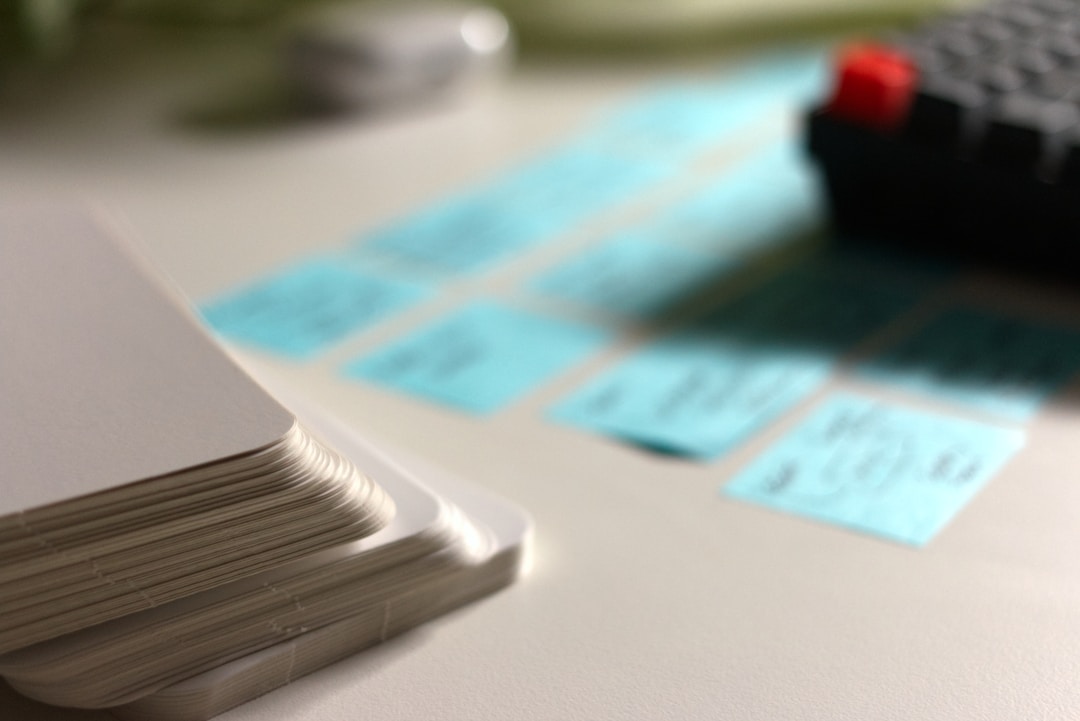
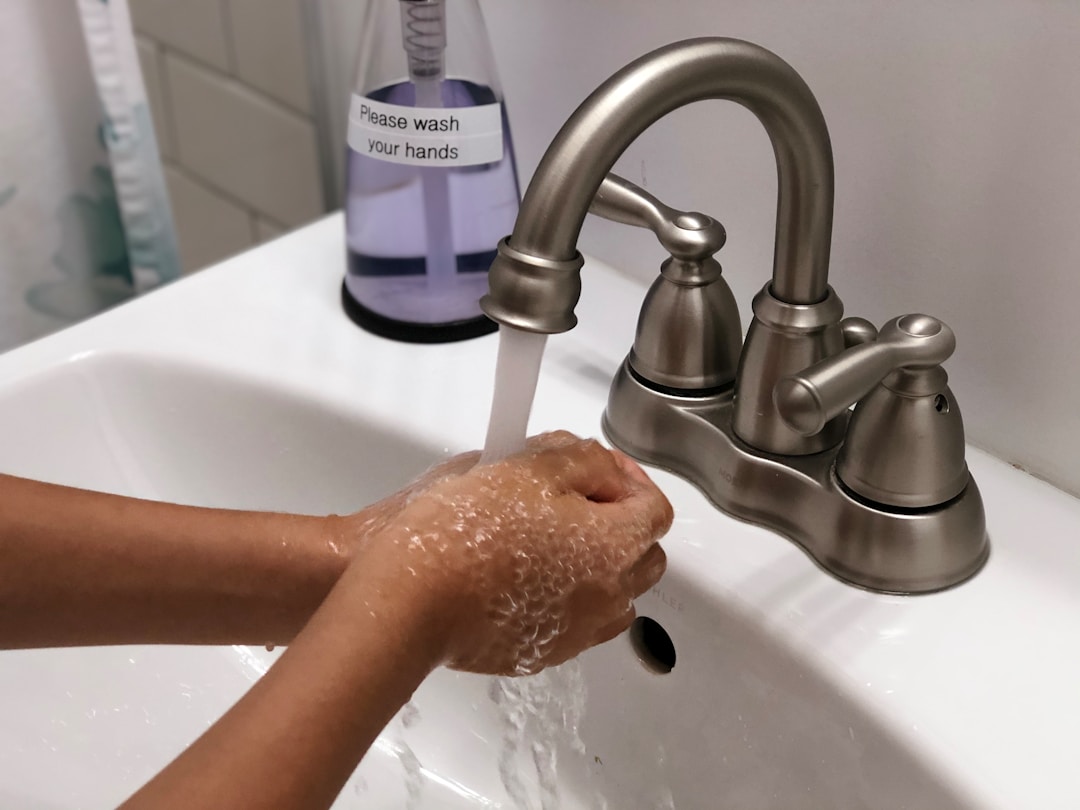



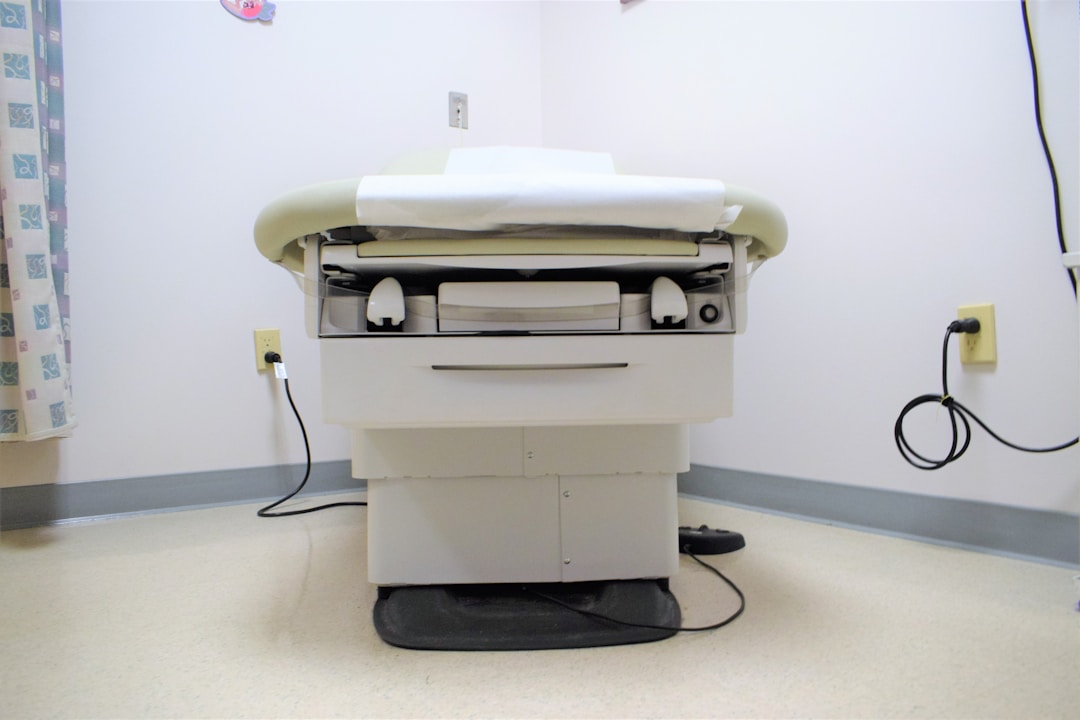
_(2)/w=1080,quality=90,fit=scale-down)




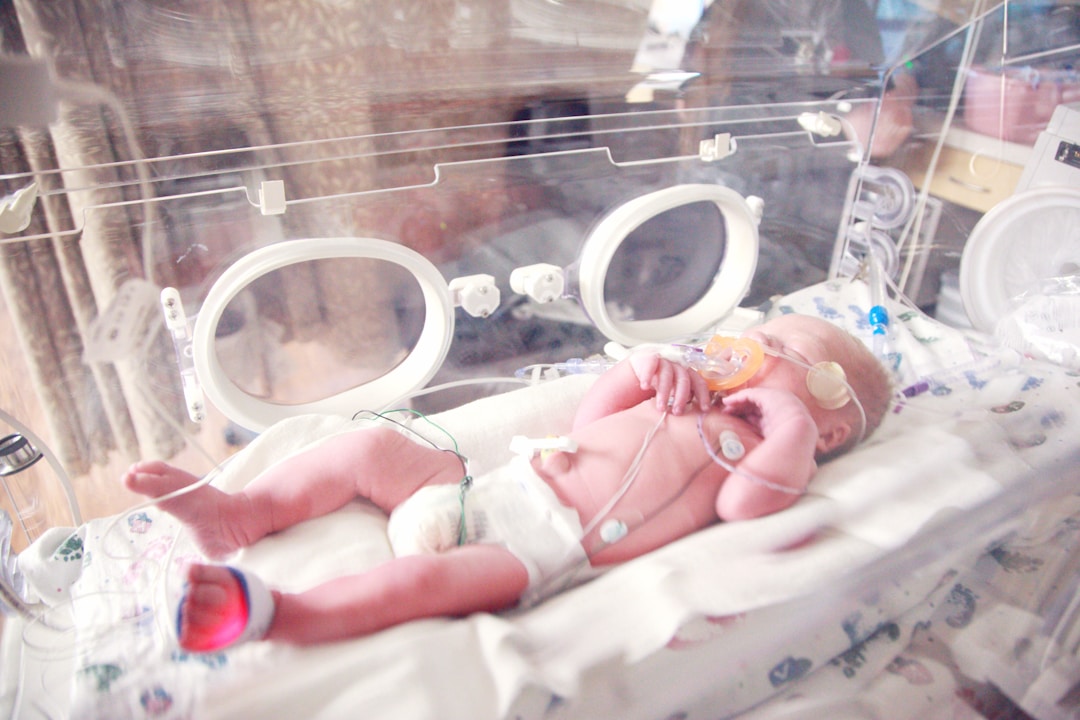



/w=1080,quality=90,fit=scale-down)






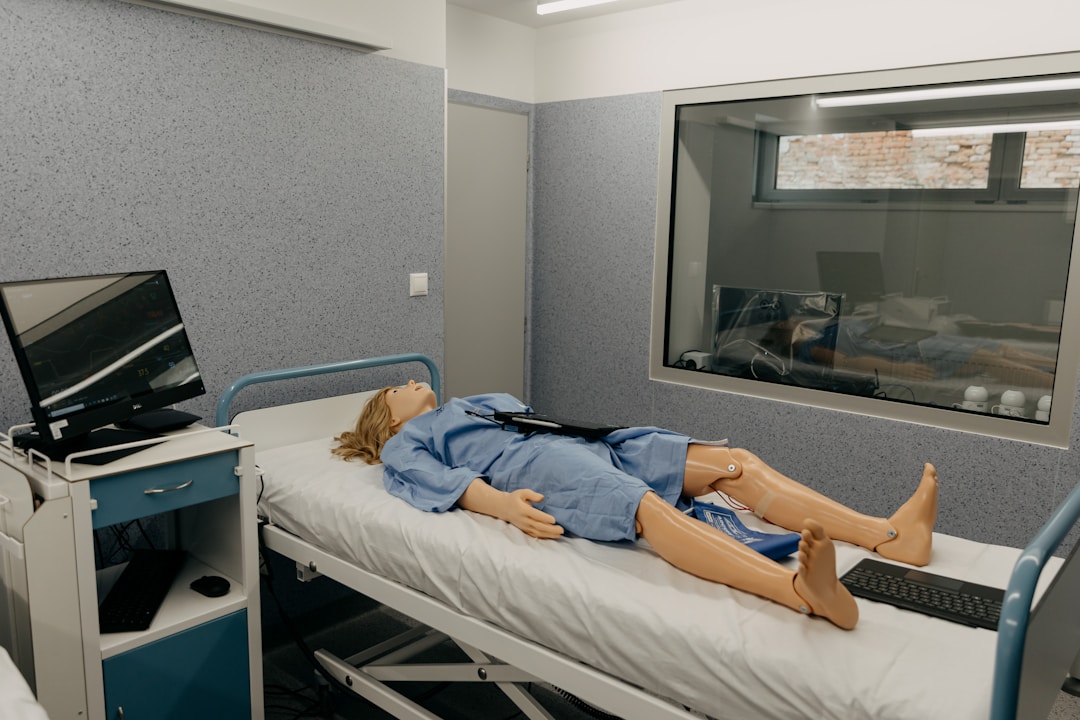



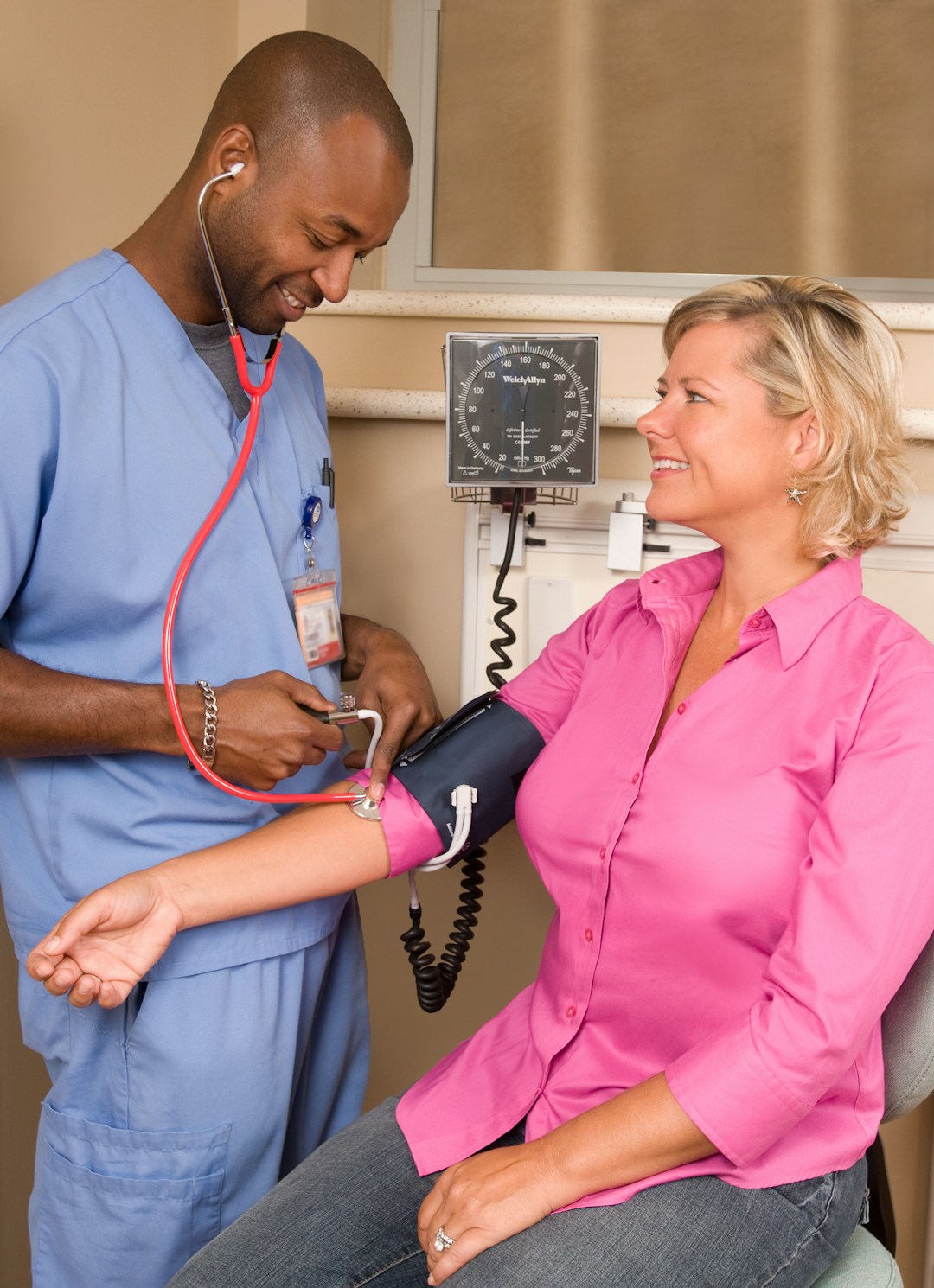
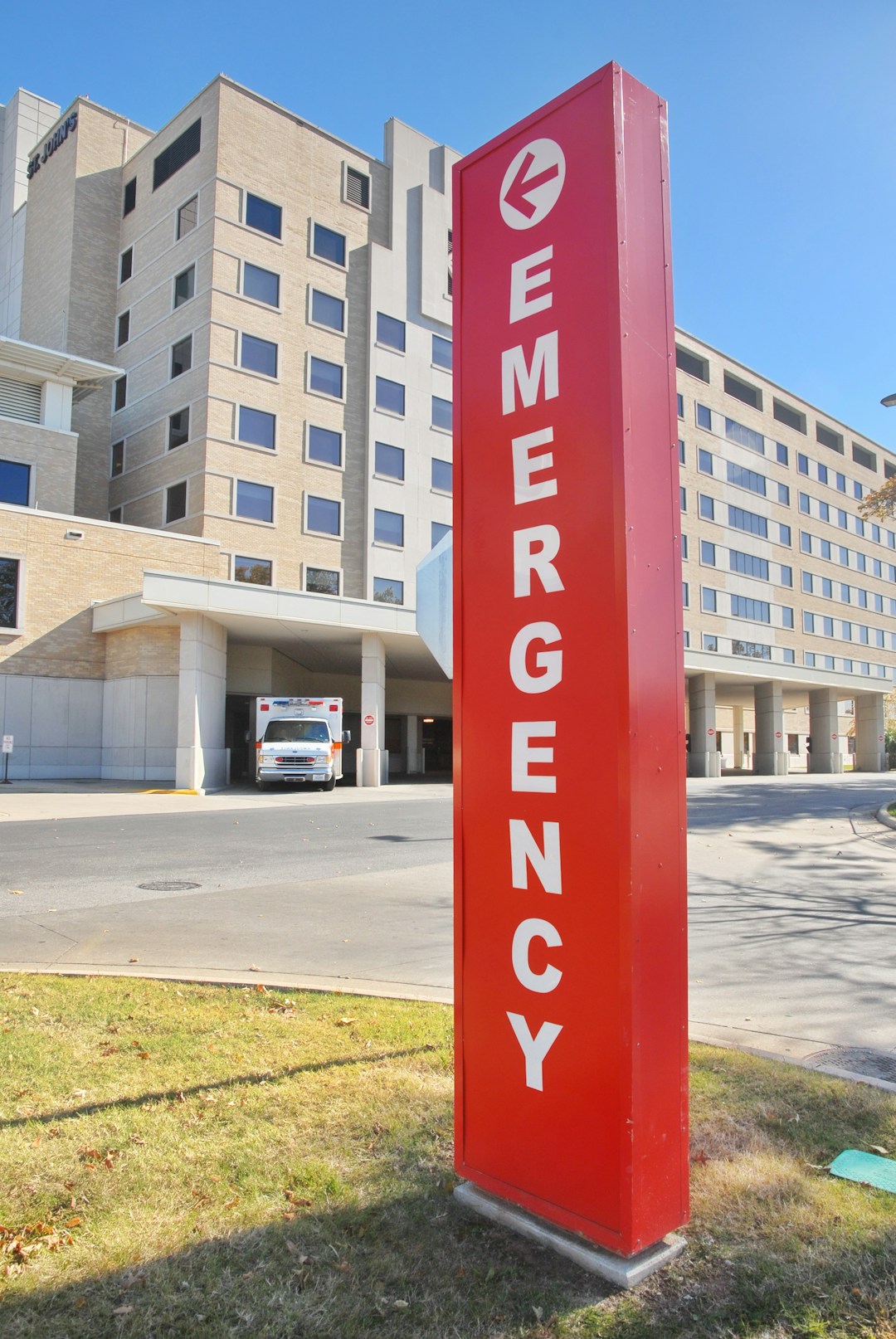


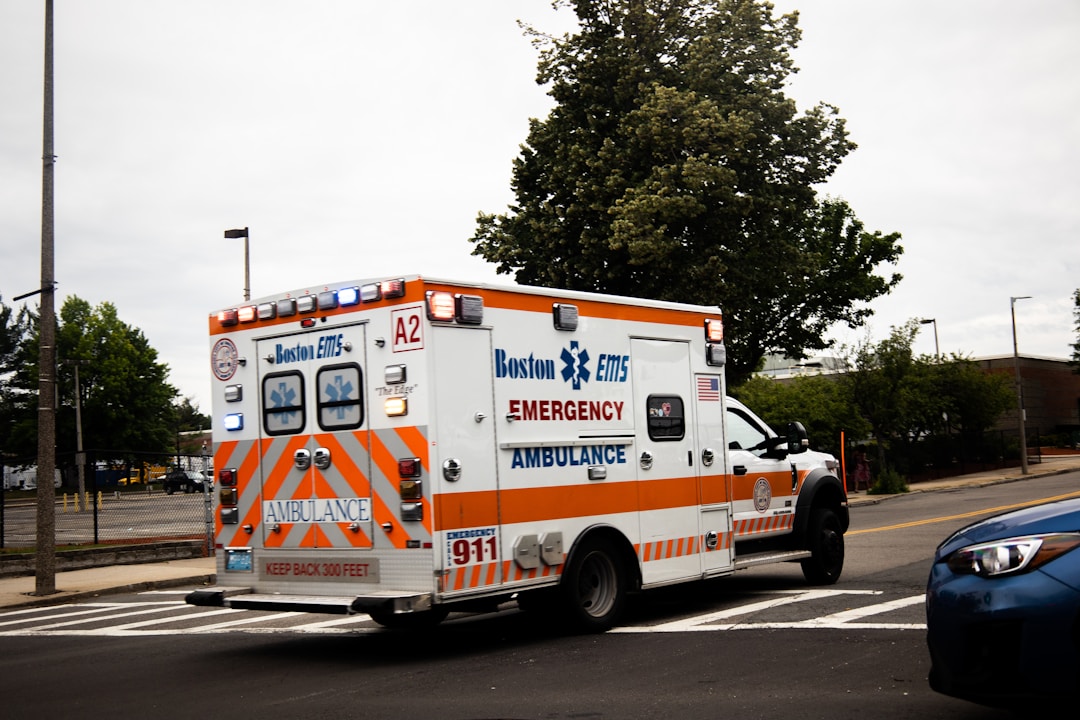


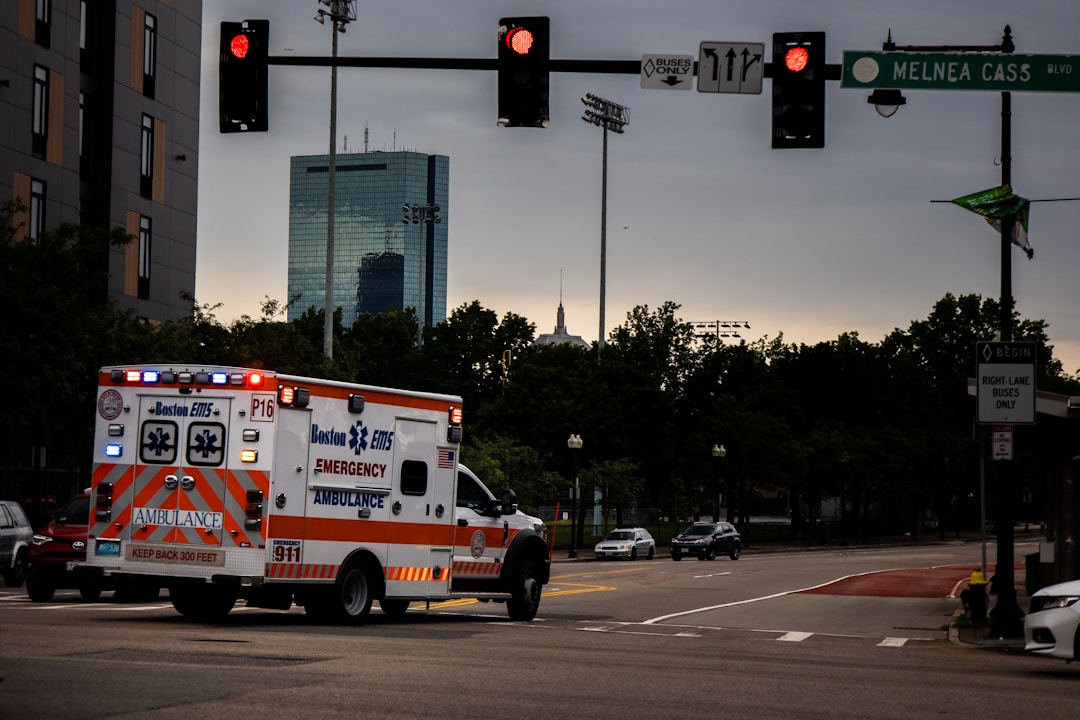
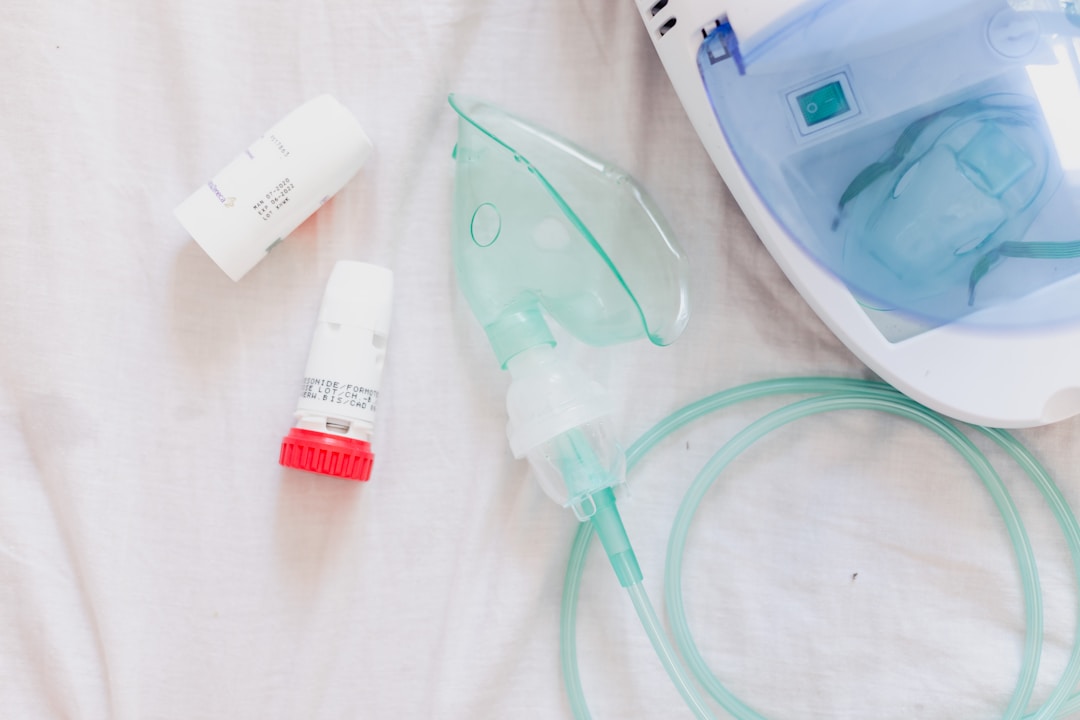

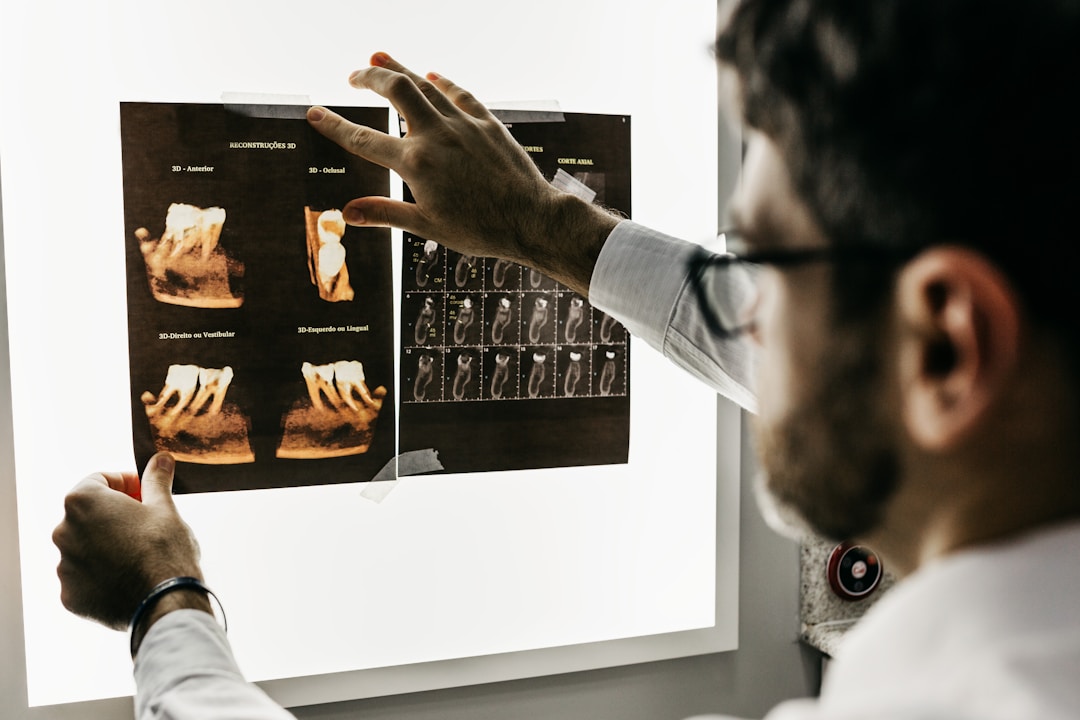
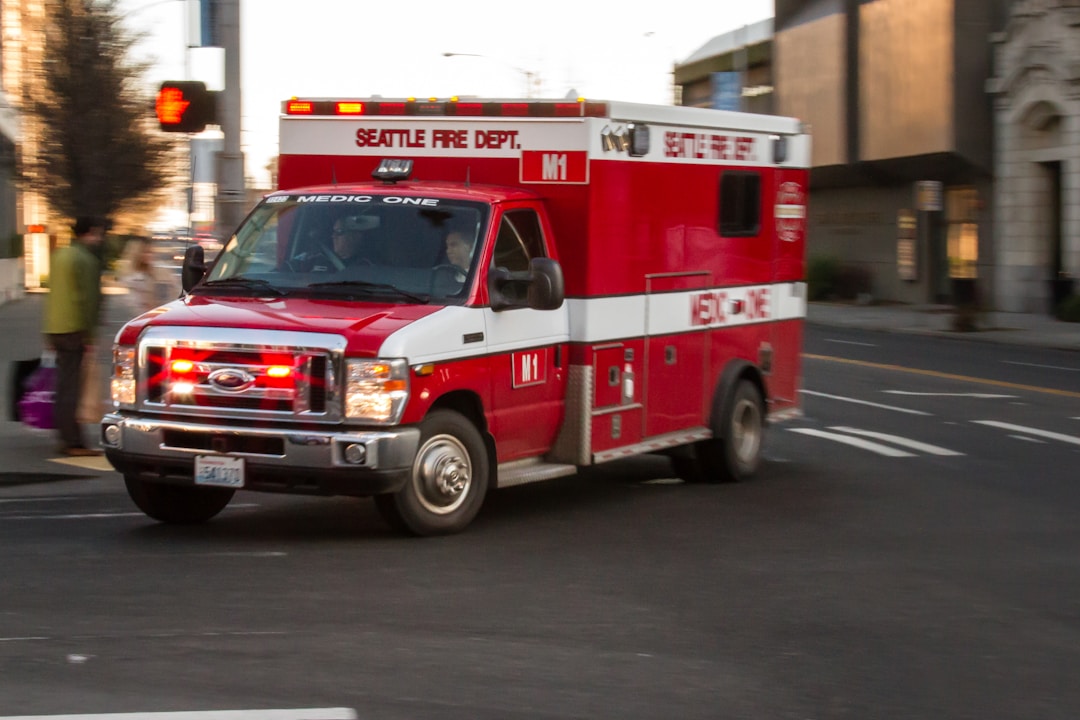
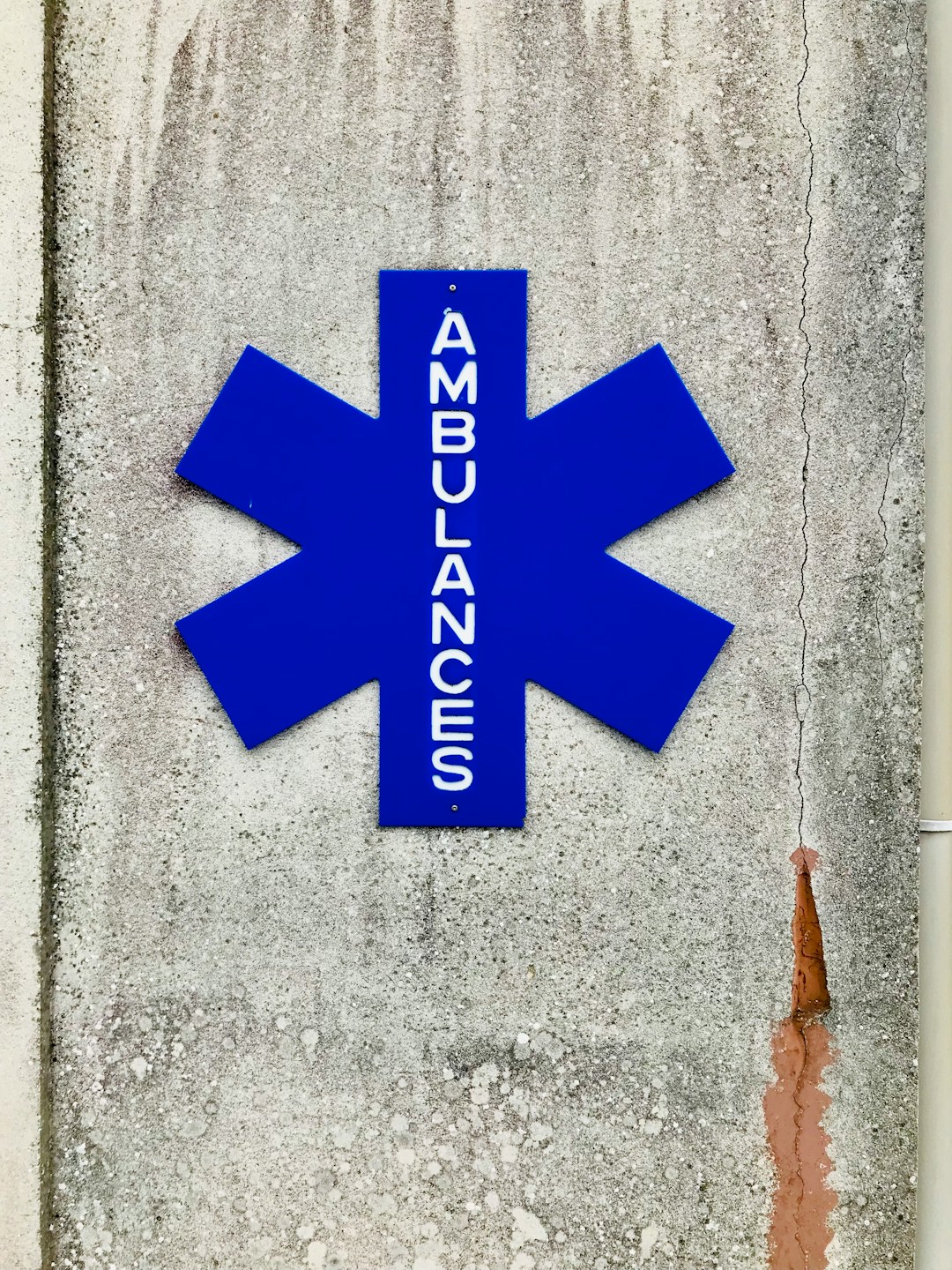





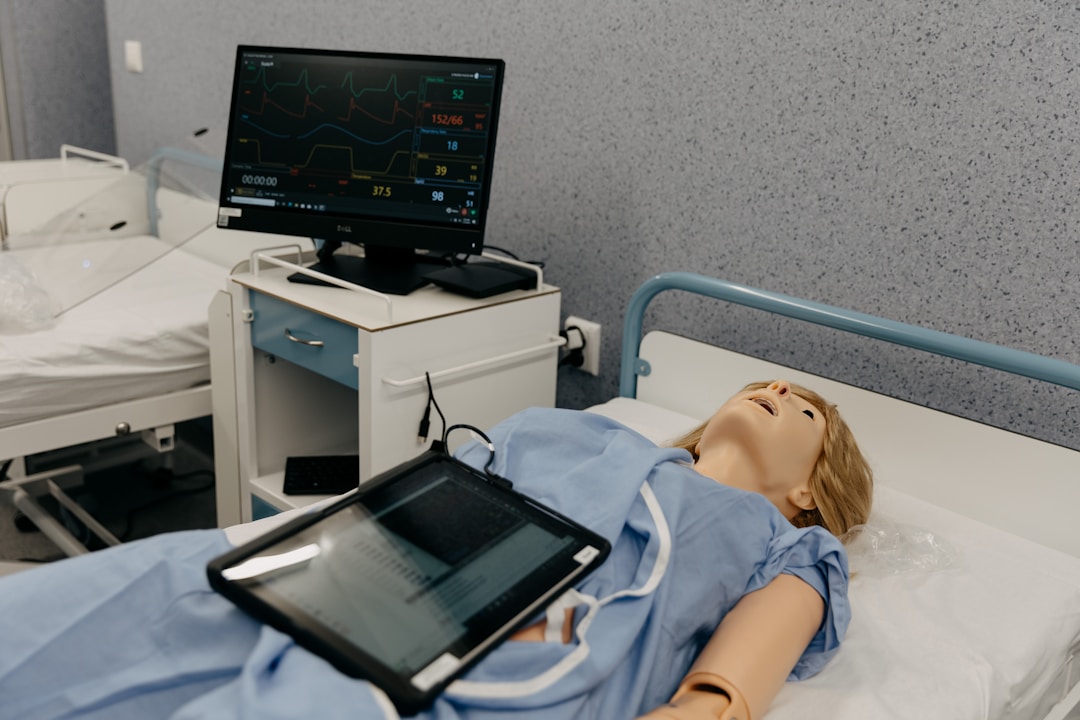



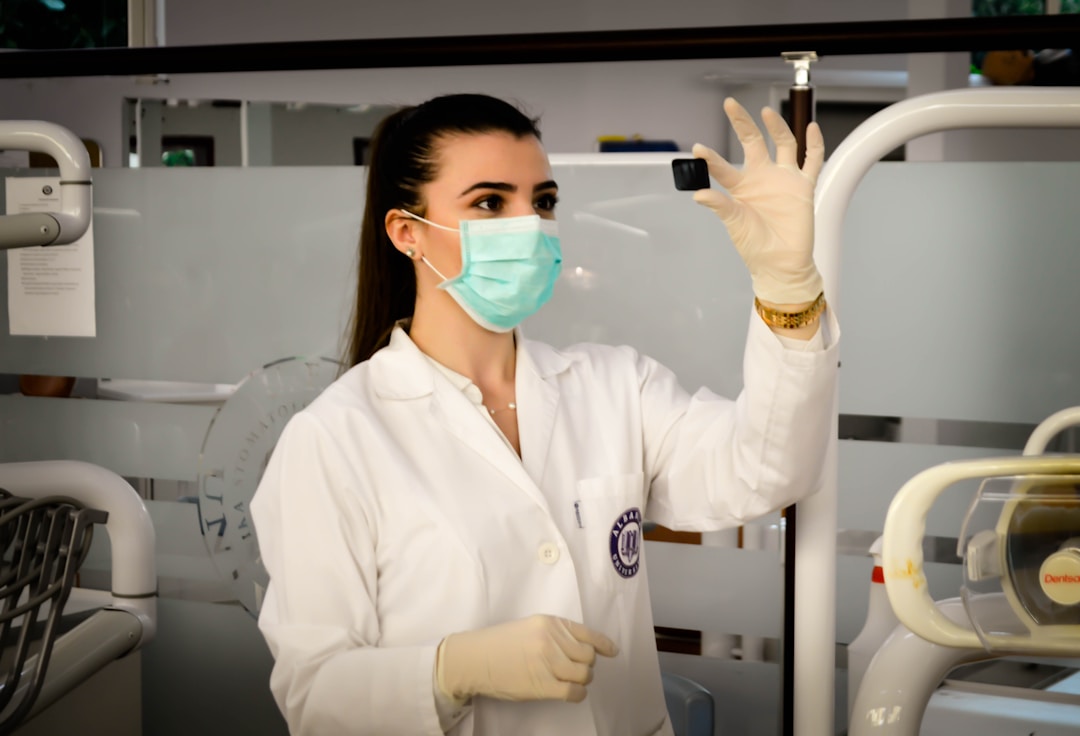




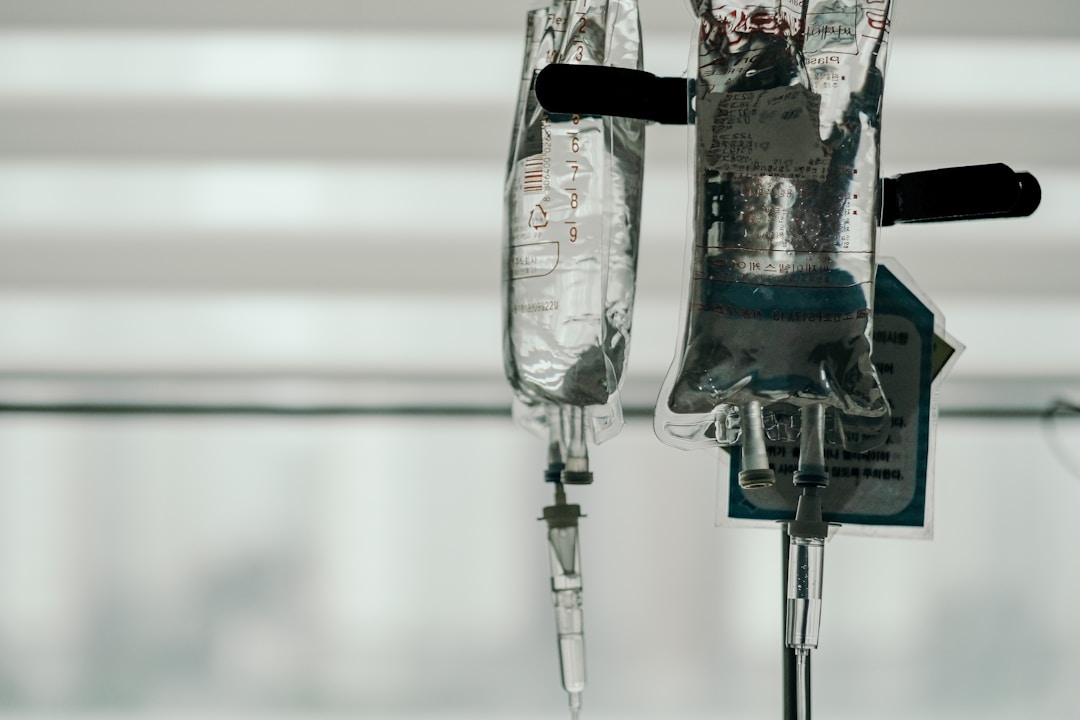


/w=1080,quality=90,fit=scale-down)
_(1)/w=1080,quality=90,fit=scale-down)









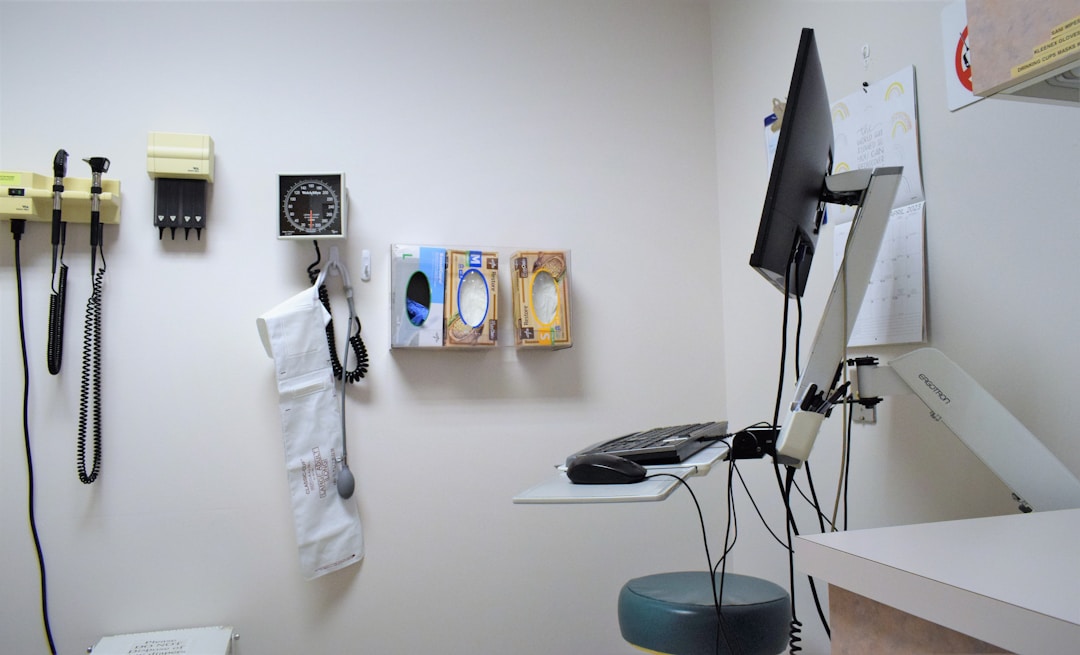



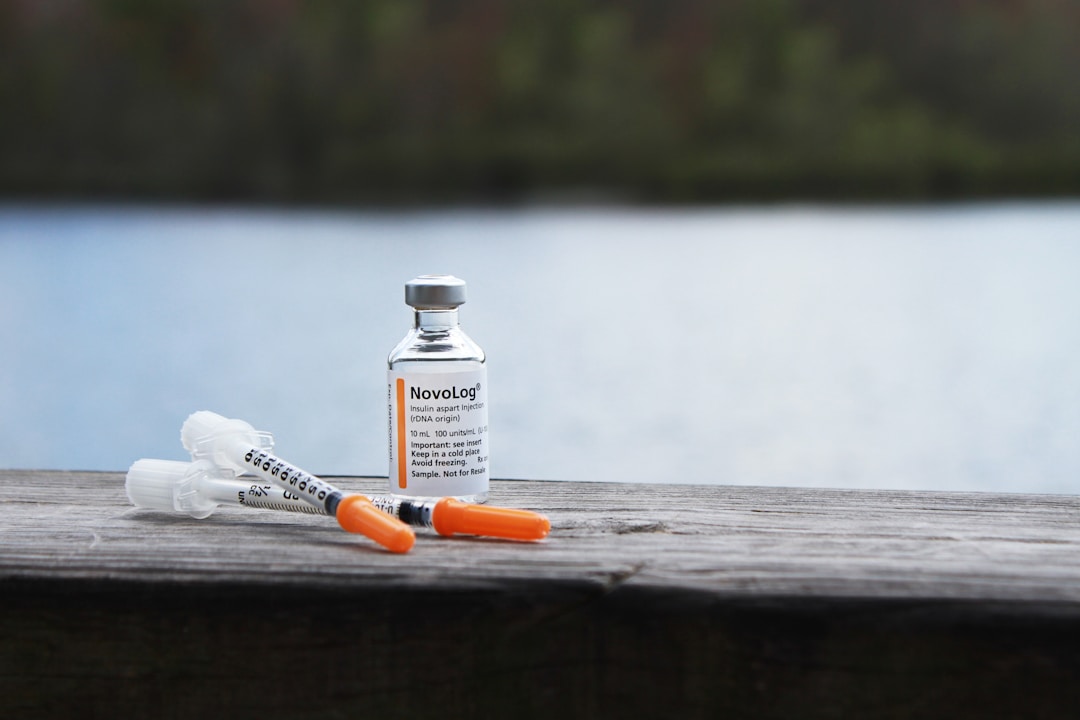
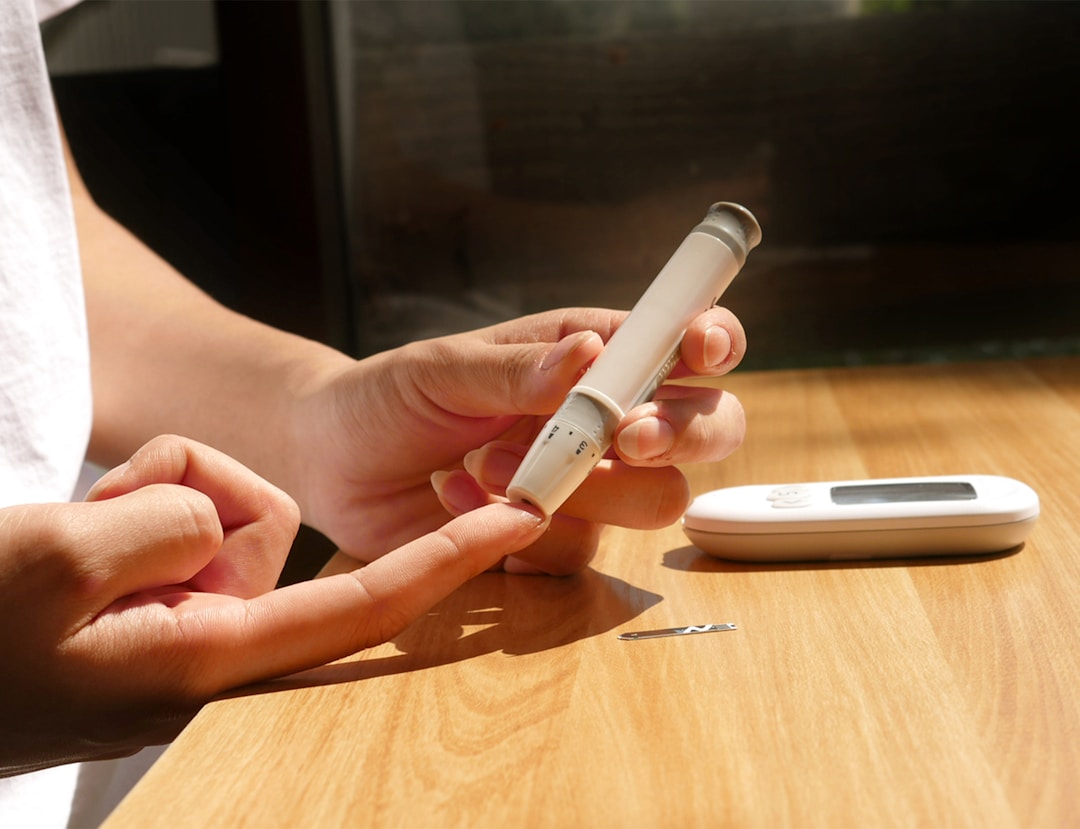








/w=1080,quality=90,fit=scale-down)




